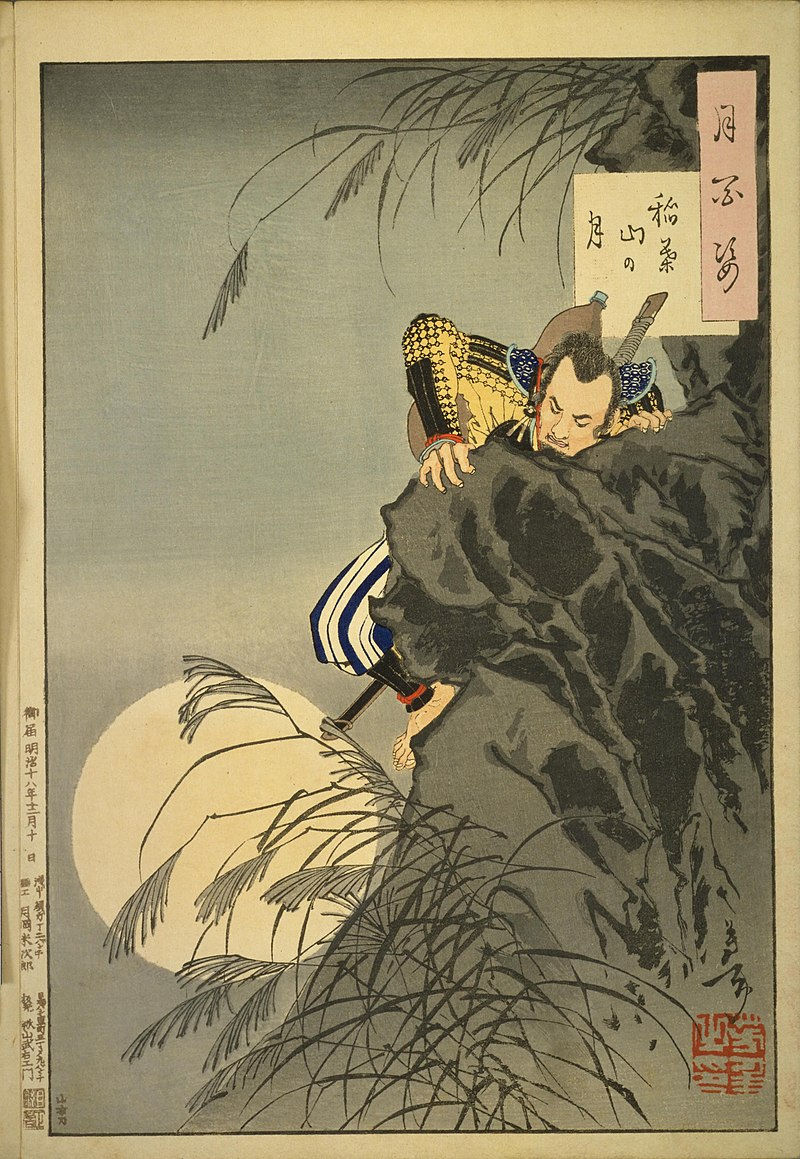Mori Clan
- 2304583d
- Aug 4, 2024
- 3 min read

The Mōri clan (毛利氏) is a prominent Japanese samurai family that rose to power during the Sengoku period and played a significant role in Japanese history. Originating in the western part of Japan, they became one of the most powerful and influential clans, particularly in the Chūgoku region. The clan's strategic acumen and military prowess allowed them to navigate the turbulent times of the Sengoku period and maintain their influence through the Edo period.
Origins and Early History
Founding:
Ancestry: The Mōri clan claims descent from the Seiwa Genji, a branch of the Minamoto clan. The clan's founder, Mōri Suemitsu, was a samurai of the Kamakura period and a descendant of Minamoto no Yoritomo, the first shogun of the Kamakura shogunate.
Establishment: Mōri Suemitsu established the clan in Aki Province (modern-day Hiroshima Prefecture) and began to build the clan's power and influence in the region. Kamakura and Muromachi Periods:
Feudal Lords: During the Kamakura (1185–1333) and Muromachi (1336–1573) periods, the Mōri clan served as loyal vassals to the shogunate and gradually expanded their territorial control and influence in the Chūgoku region.
Sengoku Period (1467–1603)
Rise to Power:
Mōri Motonari: The most notable leader of the Mōri clan was Mōri Motonari (1497–1571). Under his leadership, the clan expanded significantly, using a combination of military prowess, strategic marriages, and alliances.
Strategic Alliances: Motonari's strategic acumen, including the famous "Three Arrows" teaching to his sons, emphasized unity and strength. He formed alliances with other powerful clans and defeated rivals, such as the Amago clan and the Ōuchi clan, to expand the Mōri's territory. Naval Power:
Mōri Navy: The Mōri clan developed a powerful navy, which played a crucial role in their dominance of the Inland Sea. Their naval strength allowed them to control maritime trade routes and exert influence over coastal regions.
Battle of Itsukushima (1555): One of the most significant victories for the Mōri clan was the Battle of Itsukushima, where Mōri Motonari defeated the Ōuchi clan, securing their dominance in the region. Conflict with Oda and Toyotomi:
Rivalry with Oda Nobunaga: The Mōri clan came into conflict with Oda Nobunaga, one of the most powerful warlords of the time. The Siege of Takamatsu (1582) was a key conflict, but Nobunaga's assassination prevented the Mōri from being overrun.
Submission to Toyotomi Hideyoshi: After Oda Nobunaga's death, Toyotomi Hideyoshi sought to unify Japan. The Mōri clan eventually submitted to Hideyoshi, retaining their domains but losing some of their autonomy.
Edo Period (1603–1868)
Tokugawa Shogunate:
Feudal Lords: Under the Tokugawa shogunate, the Mōri clan continued to govern their territories as daimyōs. They were assigned the Han domain of Chōshū (modern-day Yamaguchi Prefecture), one of the largest and most significant domains.
Relative Autonomy: The Mōri clan maintained a degree of autonomy due to their distance from the central Tokugawa authority in Edo (Tokyo) and their significant military and economic power. Role in the Meiji Restoration:
Anti-Tokugawa Sentiment: By the mid-19th century, the Mōri clan and the Chōshū domain became central figures in the movement to overthrow the Tokugawa shogunate. They allied with other anti-Tokugawa domains, such as Satsuma, Tosa, and Hizen.
Meiji Restoration (1868): The Mōri clan played a key role in the events leading to the Meiji Restoration. Leaders from Chōshū, such as Kido Takayoshi and Takasugi Shinsaku, were instrumental in the efforts to restore imperial rule and modernize Japan.
Modern Period
Post-Feudal Era:
Dissolution of the Han System: With the Meiji Restoration and the abolition of the han system, the Mōri clan lost their feudal privileges. However, they continued to be influential in the new Meiji government.
Nobility Status: The Mōri family was integrated into the modern nobility system (kazoku), receiving titles and honors in recognition of their historical significance and contributions to the Meiji Restoration. Legacy and Influence:
Cultural Contributions: The Mōri clan’s legacy includes contributions to Japanese culture, particularly in the Chūgoku region. Historical sites related to the Mōri clan, such as the ruins of Hiroshima Castle and the Mōri Museum, attract visitors and scholars interested in their history.
Continued Prominence: Descendants of the Mōri clan remain prominent in various fields in Japan, and the clan's history is celebrated and studied as a vital part of Japan's feudal and modern history.
Conclusion
The Mōri clan's history is marked by strategic acumen, military prowess, and significant contributions to Japan's political and cultural development. Their rise to power during the Sengoku period, their role in the Meiji Restoration, and their lasting influence on Japanese history highlight the clan’s importance and enduring legacy.




コメント